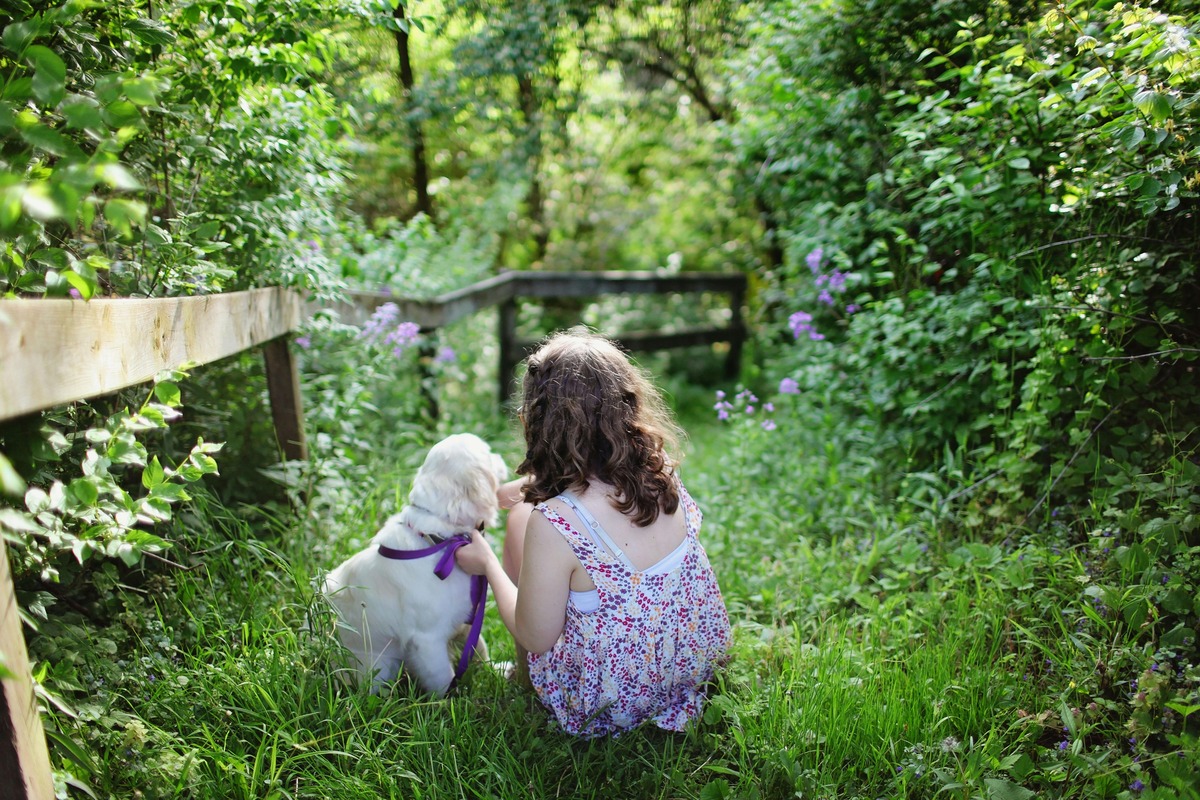For many dogs, a backyard is a paradise — a place to play, explore, sunbathe, and relax. But while having a backyard gives your dog valuable freedom, it also comes with important responsibilities. A truly dog-friendly backyard must prioritize safety, security, and mental stimulation to protect your dog and encourage healthy behavior.
In this article, you’ll learn how to create a safe, enriching backyard space for your dog, how to prevent common hazards, and how to turn your outdoor area into a haven your pet will love.
Secure your perimeter
The first step to a safe backyard is making sure your dog cannot escape. Even well-behaved dogs can chase a squirrel or become curious about the neighbor’s yard.
Key points to consider:
- Install a sturdy fence at least 4–6 feet high (higher for athletic breeds).
- Check for gaps, loose boards, or areas your dog could dig under.
- Ensure that gate latches are secure and cannot be easily opened by a clever nose or paw.
- For diggers, bury chicken wire or install a barrier along the base of the fence.
If you use invisible or electronic fences, understand that they don’t prevent other animals from entering and may not deter highly motivated dogs.
Choose safe plants and landscaping
Many common backyard plants are toxic to dogs if ingested. Before planting or if you’re moving into a new home, check your yard carefully.
Dangerous plants include:
- Oleander
- Azaleas
- Sago palm
- Tulips and daffodils (bulbs)
- Foxglove
- Lilies
Instead, opt for dog-safe plants like:
- Sunflowers
- Marigolds
- Roses (watch for thorns)
- Basil and rosemary
- Snapdragons
Also, avoid using cocoa mulch, which is toxic to dogs, and minimize use of chemical pesticides, herbicides, or fertilizers.
Provide shelter and shade
Dogs can easily overheat outdoors, even on mild days. Always ensure your backyard has adequate shelter and shaded areas.
Tips for providing protection:
- Set up a doghouse or insulated shelter if your dog spends extended time outside.
- Create shade using trees, awnings, or shade sails.
- Provide a cool, sheltered area with access to fresh water at all times.
- Limit outdoor time during extreme heat, even with shade available.
Never leave your dog outside for long periods in extreme weather without supervision.
Make water always available
Hydration is critical, especially in warmer months. In your backyard:
- Provide a sturdy, spill-resistant water bowl in a shady area.
- Consider installing a pet-safe water fountain that circulates and filters water.
- In winter, use heated water bowls to prevent freezing if your dog plays outside.
Change and clean water containers daily to prevent bacteria buildup.
Prevent boredom with enrichment
A backyard without stimulation can lead to boredom — and a bored dog may dig, bark excessively, or try to escape.
Keep your dog engaged by offering:
- Puzzle feeders and treat-dispensing toys
- Safe chew toys
- Digging pits (designated sandy areas where digging is allowed)
- Obstacle courses with tunnels, ramps, or weave poles
- Rotating toys to maintain interest
Interactive activities help channel your dog’s natural energy in positive ways.
Use pet-safe surfaces
Not all backyard surfaces are safe or comfortable for dogs. Hot concrete, sharp gravel, or slippery tiles can cause injuries or discomfort.
Safer alternatives include:
- Grass (natural or high-quality artificial turf)
- Mulch made from cedar or pine (not cocoa mulch)
- Smooth, rounded pebbles
- Dirt paths
Keep surfaces clean and free from sharp objects or debris that could harm paws.
Install a dog-friendly entry point
If your dog comes and goes between the house and backyard, consider installing:
- A sturdy dog door that locks securely at night.
- A double-gate system for extra security.
- A mudroom area or mat to catch dirt before your dog re-enters the house.
Train your dog to use the door calmly to avoid scratches or accidents.
Watch for backyard hazards
Even a seemingly safe backyard can hide dangers. Regularly inspect your yard for:
- Sharp sticks, nails, or glass
- Holes that could cause injury
- Pools, ponds, or fountains that pose drowning risks
- Beehives, wasp nests, or snakes
- Trash cans or compost bins that dogs could raid
Remove or secure these hazards to minimize risks.
Monitor outdoor time
While a backyard offers freedom, it’s not a substitute for daily walks, training, or playtime with you. Dogs left alone too long outdoors can develop behavioral issues, separation anxiety, or aggression.
Best practices:
- Supervise backyard time when possible.
- Use a baby monitor or pet camera if you can’t watch directly.
- Limit unsupervised outdoor sessions to 20–30 minutes, unless your dog has proper shelter, water, and stimulation.
Engage with your dog outside — throw a ball, run together, or simply relax nearby to strengthen your bond.
Consider neighbors and noise
A barking dog can quickly lead to neighbor complaints. To minimize noise:
- Avoid leaving your dog outside if they bark constantly.
- Provide toys and stimulation to prevent boredom barking.
- Train a “quiet” command using positive reinforcement.
- Use privacy fencing to reduce visual triggers (like passing dogs or people).
A peaceful backyard benefits not just your dog but your entire community.
A backyard paradise for your best friend
Creating a safe and enriching backyard for your dog isn’t just about security — it’s about giving them a place to thrive, explore, and be themselves. With thoughtful design, regular maintenance, and plenty of love, your backyard can become your dog’s favorite place in the world.
And best of all, you’ll have the peace of mind knowing your four-legged friend is safe, happy, and free to enjoy life’s simple pleasures — one sniff, roll, and sunbeam at a time.

